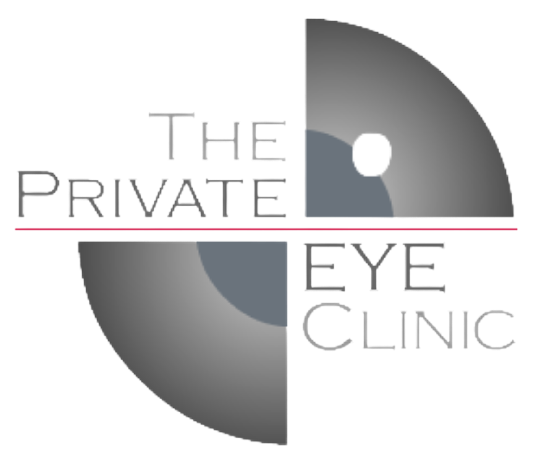
Botox For Facial Spasms
Botox injections for the treatment of facial muscle spasms have been used for over fifteen years. About 90% of patients find this treatment useful. When injected into a facial muscle in extremely small quantities, the drug causes TEMPORARY weakness in the abnormally acting muscle. Usually four injections through a tiny needle are given into each eyelid. One or two are given into the brow if brow spasm is bothersome. The injection is not particularly painful or irritating and normal activities can be resumed straight away. Bruising is uncommon. EMLA cream used 20 minutes before the injection usually makes it pain-free! (ask for this if you want).
The effect takes 1-2 days to begin, reaching its maximum effect over 7-10 days, and slowly wears off over several weeks or months when the injections are repeated. You need to be in touch with us during this time to report response and any problems. Injections can be repeated many times.
Individuals differ in their response to this treatment and the exact dosage required at different sites for a particular patient may be a matter of trial and error, and may change over time.
-
What Happens Long Term?
In most patients, symptoms don't change very much from when they are first seen, Botox stays effective, and the patient turns up every few months forever for Botox injections.
A small number of patients (probably less than 10%) get better as the years go by. It is not clear if this is due to the Botox or if this is due to the underlying problem getting better.
In a small number of patients, the Botox dose has to be increased as time goes on. In some patients, this is because the underlying problem has got worse. In some patients, this is because of the development of antibodies to Botox. In a small number of patients, the Botox seems to lose its effect entirely with time
-
Side Effects
Side effects are not common and nearly always recover completely. They include drooping of the upper eyelid (helped by Iopidine or Phenylephrine drops), dryness of the eye due to weakness of the lower lid (helped by lubricants), difficultly in closing the upper lid, and light sensitivity. Double vision is rare (3% of patients).
We talk to new patients on the phone 3-4 days after the first set of injections to assess the effect and any side effects so that we can offer further assistance then.
-
Tinted Galsses
Certain tints can help lessen symptoms of Blepharospasm. "FL41" is a tint that definitely helps some patients. If your optometrist cannot get this for you, s/he can ask Dr Alan Johnston ( a semi-retired academic optometrist ) how to obtain this.
-
Drugs
A small % of patients do not respond adequately to Botox. Some respond to Artane or Norflex (by mouth).
-
Surgery
An operation (orbicularis myectomy) is available for patients who have or develop problems with Botox.
More Information
Patient Support Group
There is a large patient support group based at the Royal Victorian Eye and Ear Hospital. Contact details: Marisa Nowak at the Royal Victorian Eye and Ear Hospital, and Elizabeth Foster elizabethfoster@bigpond.com
For more information on how Botox works: There is an iPhone App called CERVICAL DAYS. The password to access it is 2580. There is a section called ‘Mode of Action’.
For information about Blepharospasm (eye twitching), look at:
http://www.nanosweb.org/i4a/pages/index.cfm?pageid=3281
